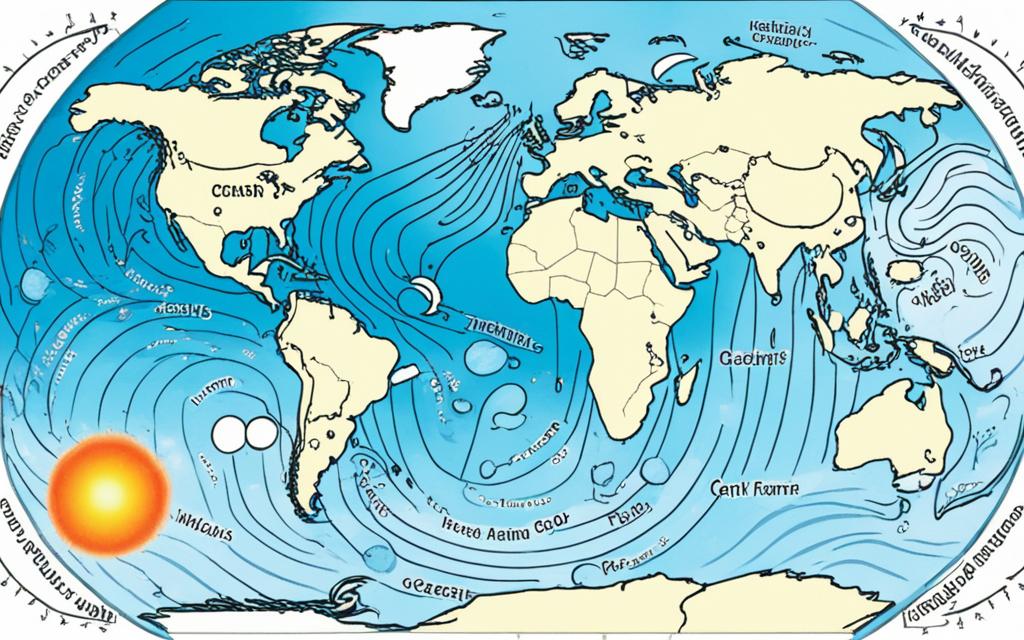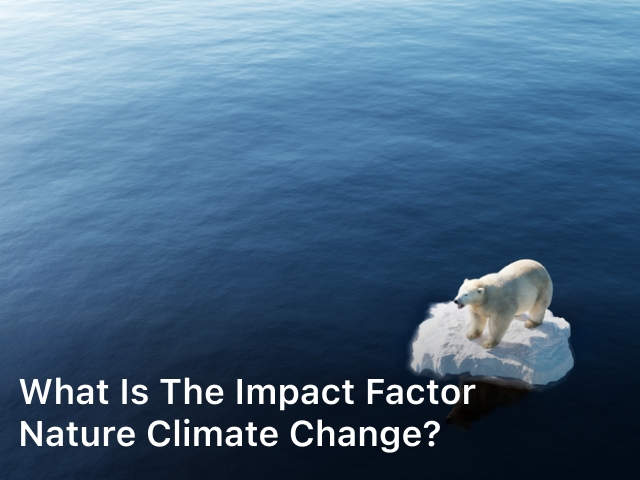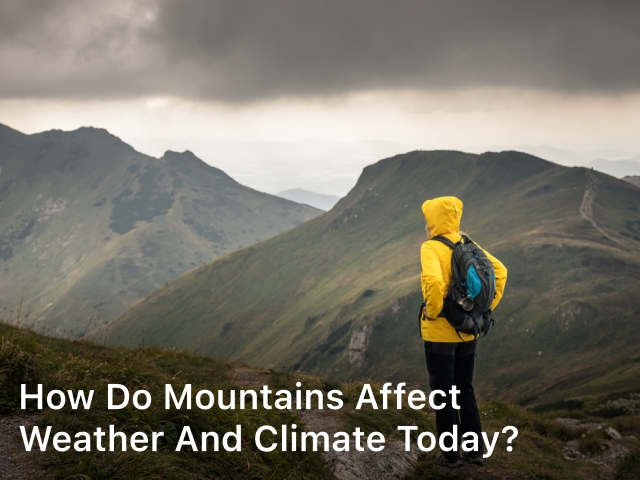
How Do Ocean Currents Affect Climate? Our climate is heavily influenced by a complex network of ocean currents. These currents move heat and control the weather worldwide.
They store solar energy, move heat and moisture, and influence major weather systems. As a conveyor belt, they take warm water from the equator to the poles and cold water from the poles to the tropics. This makes Earth’s land livable by balancing solar radiation.
Without these ocean currents, Earth’s climate would be very different. These currents moderate regional temperatures, keeping them from being too hot or too cold. It’s vital to understand how ocean circulation regulates the climate. This helps tackle environmental changes and keeps our planet and its ecosystems healthy for the future.
The Role of Ocean Currents in Weather and Climate
The ocean is crucial for our planet’s weather and climate. It works like a giant heat storage and distribution system. The ocean pulls in a lot of the sun’s heat, especially in the tropics. Then, it moves this heat around via ocean currents. This process makes the Earth’s land more livable by keeping temperatures from getting too high or too low.
Ocean as a Heat Storage and Distributor
The ocean stores the sun’s heat, acting as a big, natural solar panel. This warm energy moves from the equator to the poles through ocean currents. It also helps keep the Earth’s temperature even. Without this heat transfer, temperatures around the world would be much more extreme.
Formation of Rain and Storms
When the ocean absorbs the sun’s heat, it also warms the air above it. This warmer air can hold more moisture, which leads to evaporation. As this warm, wet air rises, it cools off. Then, clouds form and rain falls. This whole process is essential for creating rain and storms, which are pushed around by the wind. Most of the rain we get on land comes from the ocean. The tropics get a lot of rain because they warm up and evaporate a ton of water into the air.
Driving Weather Patterns
Weather changes happening outside the equator are often because of ocean currents. They move warm water and rain from the equator to the poles. At the same time, they pull cold water from the poles back to the equator. This big loop affects our climate worldwide. It also helps form important weather features like monsoons and trade winds.
Ocean Circulation and Climate Regulation
Ocean circulation is crucial for how our planet’s climate works. Both the surface currents and the deep-sea flows are key. They help control the temperature, rain, and other weather all over the globe. The currents, affected by how the earth heats up unevenly and the Coriolis Effect, move air and water around. This movement carries moisture and nutrients with it.
Surface Currents and the Coriolis Effect
The Earth’s rotation creates the Coriolis Effect. This makes air and water curves to the right in the North Hemisphere and to the left in the South. This effect, along with the sun not heating the earth evenly, helps create big currents like the Gulf Stream. The Gulf Stream moves warm water from the tropics toward the poles. Surface currents are important because they spread out heat and moisture all over the world. They change local weather and climates.
Thermohaline Circulation and Water Density
Deep in the ocean, a system called thermohaline circulation acts like a global conveyor belt. It moves water around based on its density which comes from temperature and saltiness. So, warm, salty water from the tropics gets cold and sinks. Cooler, less salty water from the poles then rises up. This deep process impacts our whole planet. It helps keep our climate and temperatures in balance.
Global Temperature Distribution
Surface currents and deep-sea circulation work together to even out the Earth’s temperatures. They carry warm water from the equator to the poles and cold water back to the tropics. This helps balance out the sun’s heat everywhere. Yet, if the earth’s circulation changes because of climate change, things could get out of balance. This might lead to bigger differences in local temperatures and sudden changes in global weather.
Impacts of Climate Change on Ocean Circulation
Climate change is starting to weaken the complex network of ocean currents. This change is critical and could bring severe effects. As the poles warm up, ocean currents are losing strength. They rely on cold, dense water to function well. The Greenland ice sheet melting is adding a lot of fresh water to the seas. This extra fresh water is mixing with the salty ocean. It’s making the water’s density change, which messes up the ocean’s flow.
Weakening of Ocean Currents
Global warming is reducing the temperature gap between the equator and the poles. This gap drives the ocean’s major currents. The Atlantic Meridional Overturning Circulation (AMOC) is one of these important systems. As the temperature difference decreases, this current system slows down. This slowing causes effects on the whole world, from weather changes to the distribution of heat and the health of marine life.
Ocean Stratification and Oxygen Depletion
The ocean’s layering, or stratification, is getting stronger. This happens because of more freshwater and changes in temperature. Stronger layering stops the mixing of water. This makes it hard for oxygen and carbon dioxide to spread. So, deep ocean areas see less oxygen. This is bad news for many types of sea creatures that call these areas home.
Ocean Acidification and Marine Life
Weaker ocean currents also mean more ocean acidification. This is dangerous for sea life. The sea absorbs the extra carbon dioxide from the air. This makes the water less acidic, harming creatures like corals and shellfish. These creatures find it harder to make their shells. Harm to them means trouble for many more animals up the food chain.
The Atlantic Meridional Overturning Circulation
At the heart of the global ocean’s movement is the Atlantic Meridional Overturning Circulation (AMOC). It acts like a conveyor belt, sending warm waters north and cold waters south. This system is key in controlling the world’s weather and climate.
The Ocean Conveyor Belt
The AMOC moves because of water density differences. Warm, salty water from the tropics heads north. Meanwhile, colder, fresher water from the Arctic goes south. This process distributes heat globally, balancing temperatures in the north and south. It plays a critical role in Earth’s climate by moving heat, nutrients, and carbon dioxide across oceans.
Collapse and Its Consequences
Today, research shows that climate change could weaken or even stop the AMOC. Rising temperatures and more freshwater from melting ice are upsetting this system. If the AMOC stops, it would quickly change weather, make oceans more acidic, and hurt marine life that depends on it.
how do ocean currents affect climate
Ocean currents are very important for our planet’s climate. They move heat around and change weather patterns globally. Warm currents go from the tropics to the poles. They spread heat across Earth, keeping temperatures from getting too extreme.
This system helps create big weather phenomena like monsoons and trade winds. These weather events bring rain and shape the climate of coastal areas.
Heat Transport and Climate Regulation
Imagine if there were no ocean currents. Earth’s climate would be much harsher, and less land would be good for living. Warm currents help by moving heat from the equator to colder regions. This way, they balance temperatures around the world.
Influence on Weather Systems
Ocean currents also power essential weather events. They carry heat and moisture that start storms, monsoons, and more. These currents are key in shaping both coastal and inland climates.
Impact on Coastal Regions
Coastal areas feel the effects of ocean currents strongly. These currents bring nutrients to the surface, which is great for fish and other marine life. They also shape beaches and change how industries like fishing and tourism work.
Climate change can mess with these current systems. This can disrupt the natural balance of coastal areas and hurt the people who live there and depend on them.

Marine Ecosystems and Ocean Currents
Ocean currents are like the heartbeat of marine life, moving nutrients around the world. This movement helps create a rich tapestry of marine life. It also influences where different species live.
Nutrient Distribution
Think of ocean currents as highways for marine life. They carry nutrients and plankton, the foundation of the food chain, across the seas. This flow keeps marine life thriving, from the warm tropics to the cold poles.
Biodiversity Hotspots
Certain spots in the ocean are exceptionally rich in life because of ocean currents. Coral reefs and upwelling areas, where currents bring up deep, nutrient-rich water, are full of various species. Here, you can find everything from colorful corals to large whales and birds. But, these systems are very sensitive and climate change is putting them at risk.
El Niño and La Niña Phenomena
The El Niño-Southern Oscillation (ENSO) is a pattern of changing sea temperatures and air pressure. It happens in the tropical part of the Pacific Ocean. These changes can affect weather worldwide. El Niño events make the Pacific Ocean warmer.
Disruption of Ocean Currents
El Niño’s warm waters move eastward in the Pacific. This happens when trade winds weaken. It changes how heat and moisture move. Weather can change in many places. La Niña, on the other hand, brings colder waters.
This cooling of the Pacific Ocean can also have big weather effects. It too changes ocean currents and weather in different areas.
Global Weather Patterns
El Niño and La Niña events can really change the world’s weather. El Niño is often linked to droughts in Australia and parts of Africa. At the same time, it brings heavy rain and floods to places in the US and South America.
Ecological Impacts
The weather changes from El Niño and La Niña can harm nature. These changes can lead to effects on seas, fish, and land animals worldwide. It can change where species live and how they grow. This impacts the health of the entire ecosystem.
Ocean Circulation and Global Temperature Distribution
Ocean currents are key to keeping the Earth’s temperatures in check. They help spread warmth from the tropical areas towards the poles. They also move cold water from the poles to the tropics. This process, done by major current systems like the Atlantic Meridional Overturning Circulation, helps balance temperatures on land.
But, the balance is changing because of climate change. This change might cause some places to get much hotter or colder. It could also switch up where and how much rain or snow falls. Essentially, the world’s temperature might not spread out as evenly as before.
| Ocean Circulation Mechanism | Impact on Global Temperature Distribution |
|---|---|
| Poleward transport of warm, equatorial water | Helps moderate temperatures in higher latitudes, making them more habitable |
| Equatorward transport of cold, polar water | Helps moderate temperatures in tropical and subtropical regions |
| Thermohaline circulation (density-driven) | Drives the global “conveyor belt” of water movement, distributing heat and nutrients |
It’s really important to know how ocean circulation affects the planet’s temperature. This knowledge is crucial for preparing for climate change. We must be ready for how the weather and climate might change.
Coastal Regions and Ocean Currents
Ocean currents greatly affect coastal areas in various ways. They influence the surroundings, economy, and life around coasts. These currents can cause coastal erosion and affect the stability of coastal projects.
They are also key in spreading nutrients and supporting ocean life. This is vital for the fishing and aquaculture industries in coastal places.
Erosion and Coastal Infrastructure
Ocean currents are strong enough to erode coastlines. This weakens important coastal structures. As these currents change because of climate change, erosion rates are up. This threatens areas near the water like houses, businesses, and public spots.
Protecting seawalls and other defenses is critical. They keep coastal regions safe and support their communities.
Fishing and Aquaculture
Ocean currents are vital for fishing and aquaculture near coasts. They help in moving nutrients and plankton. These are key for the sea’s food chain and add to the amount of fish, shellfish, and seafood we get.
If current patterns change, these ecosystems are affected. This could lower how much food we get from the sea and hurt the fishing and aquaculture businesses nearby.
Tourism and Recreation
Many people love visiting coastal areas for fun and relaxation. The currents affect water temperature, wave formation, and the sea environment. Changes to these currents can change the appeal of these areas for things like swimming, surfing, and boating.
Keeping ocean currents healthy and stable is key for a strong coastal tourism and fun economy.
Conclusion
Ocean currents are key to our planet’s weather and climate. They move warm water from the tropics to the poles and cold water back. This helps even out the Earth’s temperatures, making much of our land liveable.
But, climate change is weakening these currents. This could lead to sudden weather changes, more ocean acidification, and harm to marine life. We must understand the link between ocean currents and climate. This will help us face the challenges of a changing environment and keep our planet’s ecosystems and communities strong.
Knowing how the world’s oceans and the atmosphere are connected is crucial. It can help us fight climate change better and keep our planet healthy for those who come after us. Let’s work to protect the health of both our sea and land.




